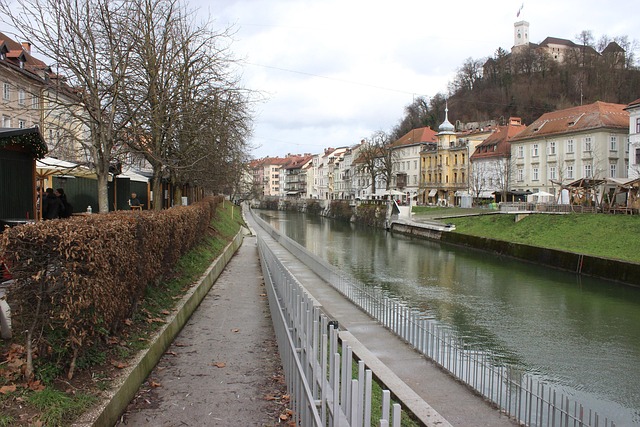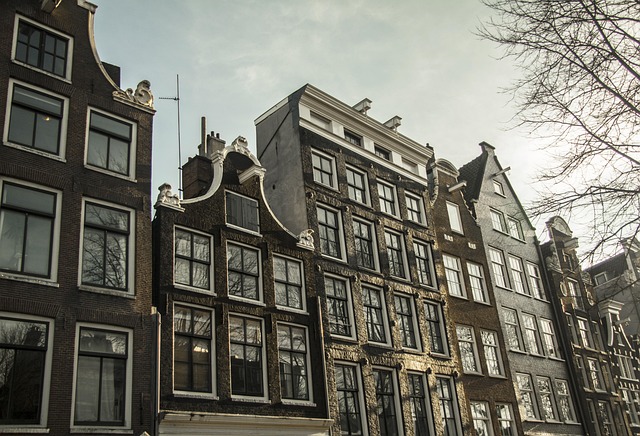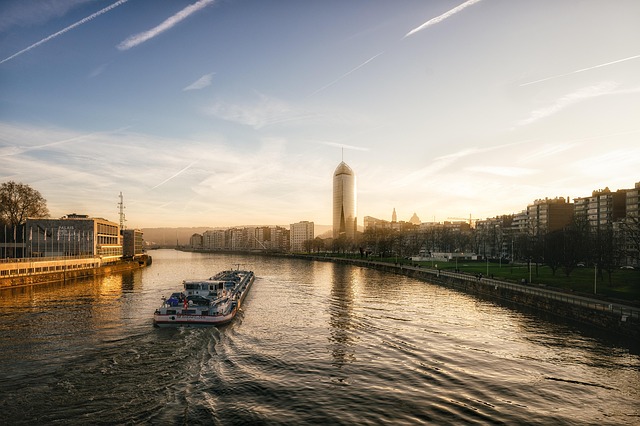In Karachi, understanding Commercial Shopping District (CSD) proximity is key to effective urban planning. These districts drive the city's economy by attracting diverse populations with their vibrant hubs. Analyzing CSD accessibility reveals social and economic insights, helping decision-makers optimize infrastructure and public transport for a more livable city. The close proximity of CSDs has reshaped Karachi's business environment, fostering digital transformation through intense competition and integrating physical with online markets. Embracing Community-Based Development (CSD) principles offers opportunities for innovative urban planning, creating inclusive spaces, improved public areas, and better connectivity. Transforming Karachi into a smart city using advanced technologies like smart transportation and IoT can revolutionize urban living, enhancing quality of life for its diverse residents.
Karachi, Pakistan’s vibrant metropolis, is experiencing a significant shift with the rise of CSD (Commercial Service District) proximity. This urban phenomenon is reshaping the city’s landscape, impacting local businesses and commerce in unprecedented ways. The article delves into the intricate relationship between CSDs and Karachi’s urban fabric, exploring challenges and opportunities for city planning. It also examines future prospects, focusing on how smart city initiatives can leverage CSD proximity to enhance urban living and economic growth.
- Understanding CSD Proximity in Karachi's Urban Fabric
- The Impact on Local Businesses and Commerce
- Challenges and Opportunities for City Planning
- Future Prospects: Enhancing Smart City Initiatives
Understanding CSD Proximity in Karachi's Urban Fabric

In the urban landscape of Karachi, understanding CSD proximity is essential for navigating the city’s intricate fabric. CSD, or Commercial Shopping Districts, are vibrant hubs that play a pivotal role in shaping the economic and social dynamics of this bustling metropolis. These districts act as the lifeblood of Karachi’s economy, attracting locals and visitors alike with their diverse offerings—from trendy boutiques to traditional markets.
KSD proximity refers to the accessibility and interconnectivity between these commercial areas and residential neighborhoods. In Karachi, where density is high, understanding how residents commute between homes, schools, offices, and shopping districts is crucial for urban planning. This knowledge enables decision-makers to enhance infrastructure, optimize public transport routes, and create more livable, sustainable cities. By analyzing CSD proximity, we can uncover the intricate relationships that shape Karachi’s urban experience, ensuring a better quality of life for its diverse population.
The Impact on Local Businesses and Commerce

In Karachi, the Close Proximity Distance (CSD) has brought about a significant transformation in the local business landscape. The intense competition sparked by this proximity has driven many businesses to innovate and adapt. On one hand, it’s created a vibrant atmosphere where customers have easy access to a variety of products and services, fostering a bustling commercial hub. This is especially true for areas like the CSD in Karachi, known for their dense concentration of shops, restaurants, and markets.
However, the increased competition has also put pressure on local businesses to optimize their operations, enhance customer experiences, and offer unique value propositions to stand out from their neighbors. Many have embraced digital tools and technologies to streamline processes, reach a wider audience, and tap into online marketplaces. This shift is evident in Karachi’s business community, where entrepreneurs are leveraging the CSD’s high foot traffic to attract customers while also expanding their online presence to cater to those who prefer shopping from home.
Challenges and Opportunities for City Planning

Karachi, as a vibrant metropolis, faces unique challenges and opportunities when it comes to city planning in the context of CSD (Community-Based Development) proximity. One of the primary hurdles is managing urban growth while ensuring equitable access to services for all residents, especially in densely populated areas. The rapid expansion of the city has led to inadequate infrastructure and limited space for community development initiatives. However, this also presents an opportunity for innovative planning.
By embracing CSD principles, Karachi can foster a more inclusive and sustainable urban environment. Community engagement in decision-making processes allows for tailored solutions that address local needs. This approach can lead to the creation of mixed-use zones, improved public spaces, and better connectivity, enhancing the overall quality of life. Moreover, it encourages the preservation of cultural heritage and promotes environmental stewardship, which are essential aspects of modern city planning.
Future Prospects: Enhancing Smart City Initiatives

As Karachi continues to evolve into a smart city, the potential for CSD proximity to revolutionize urban living is immense. By integrating advanced technologies and data-driven solutions, future initiatives can create more efficient, sustainable, and livable environments. For instance, smart transportation systems could optimize traffic flow, reducing congestion and emissions. Additionally, enhanced connectivity through 5G networks and IoT devices will enable better monitoring and management of city infrastructure, from street lighting to waste management.
CSD proximity plays a pivotal role in these prospects by facilitating seamless interactions between citizens, services, and the urban ecosystem. It enables real-time data sharing, personalizing public services based on individual needs, and fostering a sense of community engagement. With Karachi’s diverse population and rapid urbanization, leveraging CSD technology can lead to more inclusive and responsive city planning, ultimately enhancing the overall quality of life for its residents.
CSD proximity plays a pivotal role in shaping Karachi’s urban landscape, influencing local businesses and city planning. As we look towards the future, understanding these dynamics is essential for enhancing smart city initiatives. By leveraging technology and strategic interventions, Karachi can optimize its CSD distribution to foster economic growth, improve accessibility, and create a more livable environment for its residents. This balanced approach will not only benefit existing businesses but also attract new investments, positioning Karachi as a vibrant hub in the region.








Leave a Reply